The soil ecology under your feet changes with every step you take on your property. The mixture of organic matter, water, air, and minerals is profoundly different from one footprint to the next, and this mix influences, and is influenced by, the presence of roots and the microbe population.
While we think of soil as feeding our plants, the relationship between plants and soil is more of a give-and-take. For instance, plants generate sugars through photosynthesis and deliver most of those sugars to their rhizosphere, that area of soil they affect through root secretions. Those plant sugars are a food source for soil fungi that, in turn, free up nutrients bound in minerals and organic materials and make them available to be taken up by the plant roots.
This relationship is part of what’s known as the soil food web. A happy soil food web makes for happy plants — and a happy gardener with a healthy and productive garden.
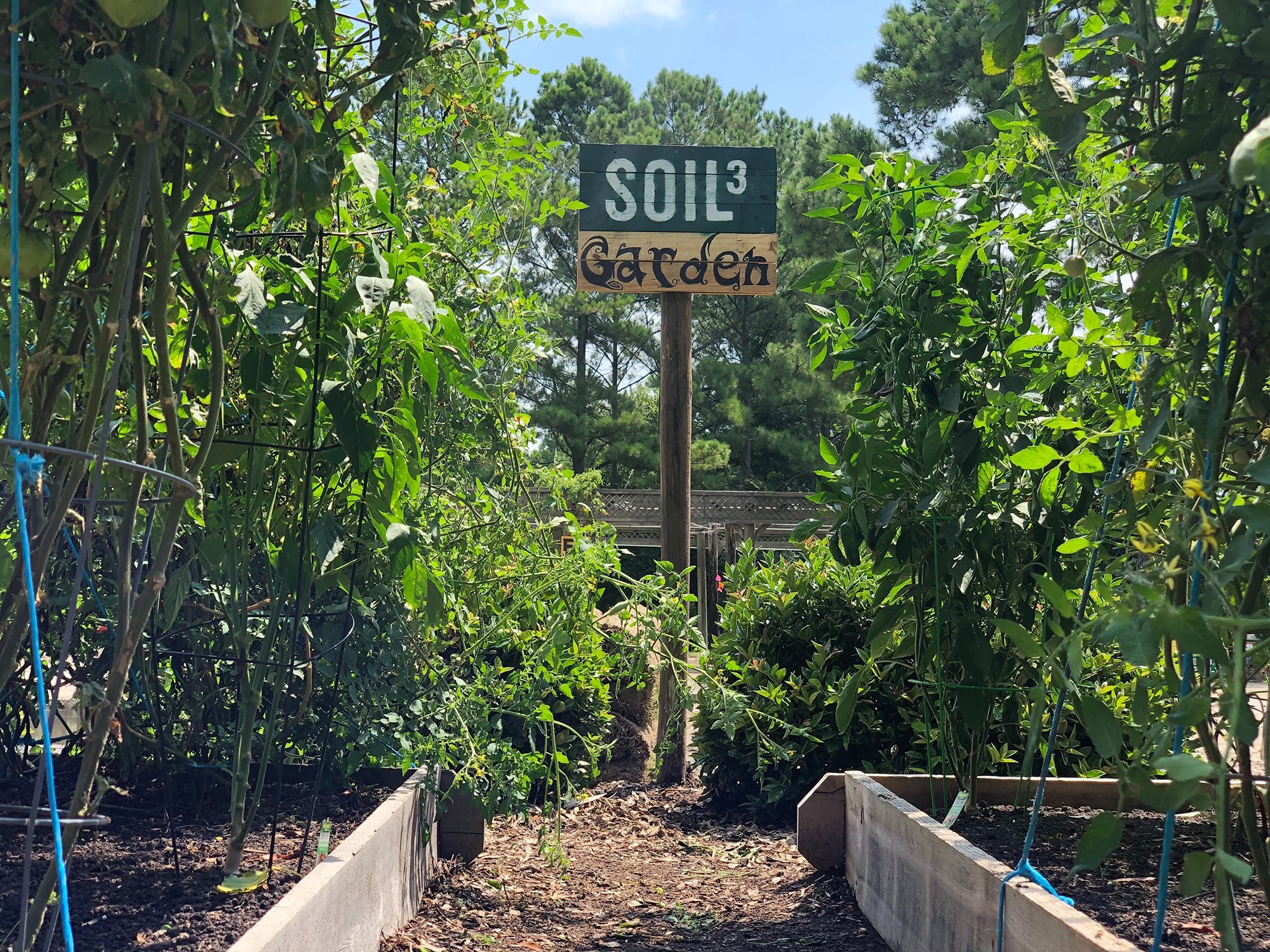
A Soil³ veggie patch at our Cary, North Carolina, Super-Sod store. Photo by Ramzy Ruiz, landscaping expert and artist/photographer at the Cary store.
Like a sommelier — an expert on wine — will tell you about a certain bottle at a restaurant by describing the wine’s flavor, body, and fragrance, a soil scientist describes the soil on a farm or in a garden by its tilth, texture, and structure.
- Tilth is the physical properties of soil that allow for good root growth and development.
- Texture is the physical quality of soil that you can feel with your fingers.
- Structure refers to the way all the particles in the soil are bound together.
Build Loamy Soil With Compost
Many gardeners aspire to achieve “loamy soil,” the result of good tilth, texture, and structure due to a fairly even distribution of sand, silt, and clay. Loam also contains water, gases, and organic matter. Optimal soil for healthy root growth and the ideal habitat for beneficial microbes is composed, roughly, of 25% gases, 25% water molecules, 45% minerals, and 5% organic materials.
 Whatever the native makeup of our soil, our job in the garden is to keep bringing it closer to that healthy, loamy state. Here in the Southeast, that is done by adding organic matter.
Whatever the native makeup of our soil, our job in the garden is to keep bringing it closer to that healthy, loamy state. Here in the Southeast, that is done by adding organic matter.
Adding Soil³ compost to your soil once or twice a year will add that necessary organic matter, but not all compost is created equal. Before adding anything to your cherished planting beds, you want to know that it is free of weed seeds and persistent herbicides and pesticides. You don’t want to learn the hard way, as I did, that herbicides can remain in composted horse manure for years. It’s best to rely on a trusted compost source.
Humus compost like Soil³ will also improve water retention in drought conditions, which is a boon for anyone who misses a watering from time to time, and in clay soil it improves water infiltration, which helps the soil drain properly.
To Till Or Not To Till?
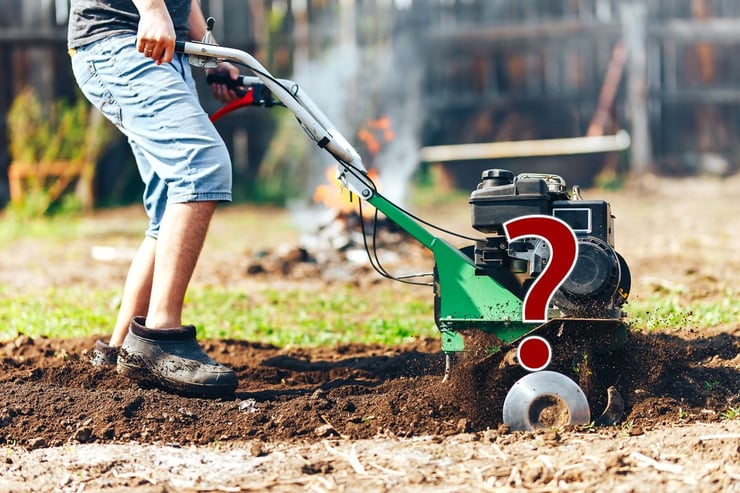
One easy way to improve your soil is to stop tilling.
While a brand-new garden bed in compact soil may need a one-time tilling to get established, it’s best to leave soil as undisturbed as possible. That’s because digging or turning soil introduces more oxygen into the mix, causing soil bacteria to multiply and digest the soil’s organic matter much faster.
Lightly scratching the soil surface to amend with compost or other nutrients won’t increase oxygen significantly, but yearly, deep disturbance of 8 to 10 inches or more should be avoided.
Protect Your Soil from Compaction
You've added compost into your soil. Now what? A good way to continue protecting your soil from becoming compacted is to lay down shredded leaves or arborist wood chips on the surface. As an added benefit, these will add organic material to your soil as they break down.
You can also go the route of a living mulch by planting an off-season cover crop. The year-round presence of plant roots will result in a more robust soil food web. The roots of a cover crop will release chelators, enzymes, proteins, acids and other substances into their rhizosphere, which will help protect your in-season plants from soil-borne diseases and extract nutrients from minerals.
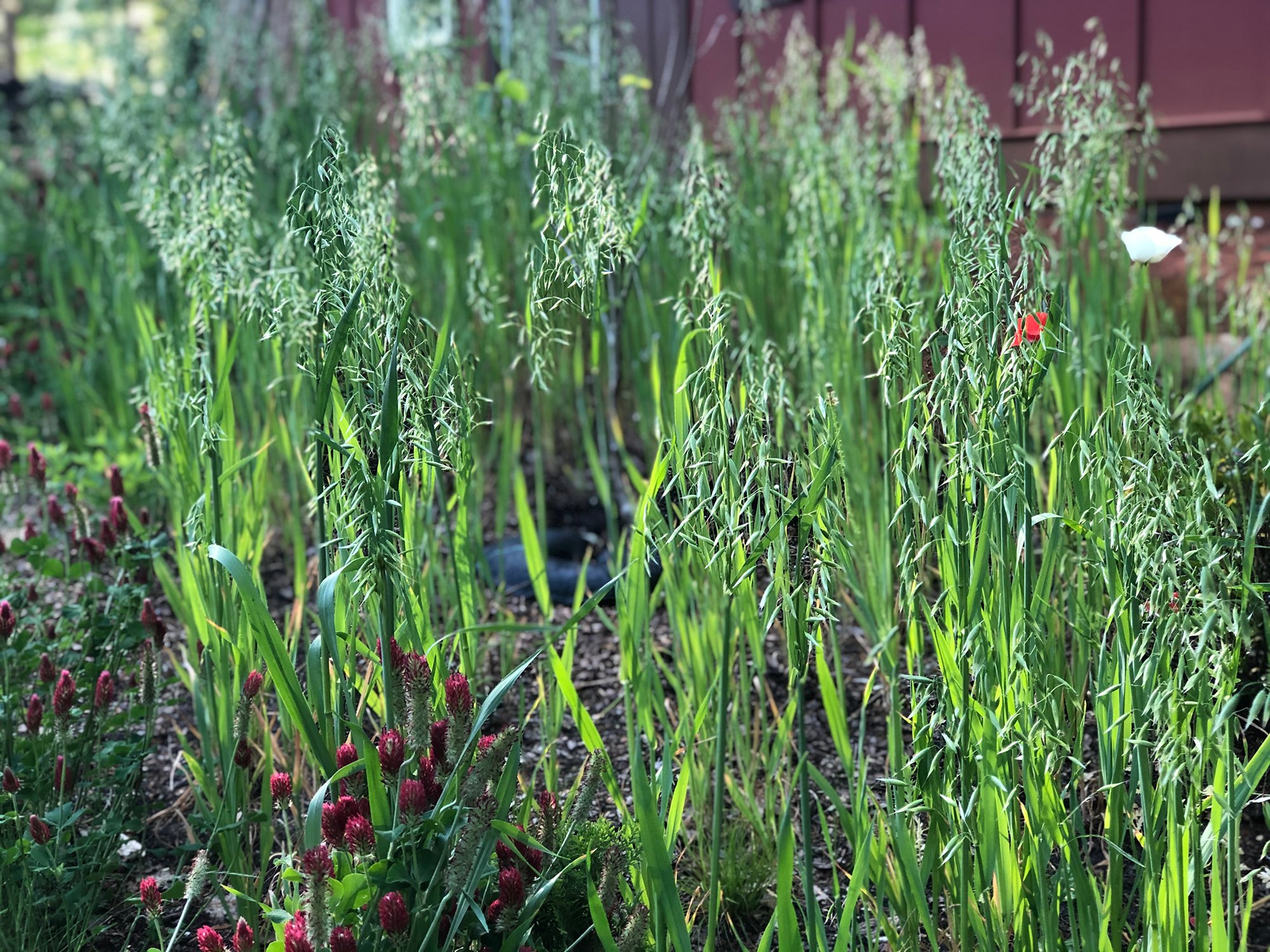
Protect your soil with cover crops - in this picture it's crimson clover (red flowers bottom left) and oats (the "grass" in the main portion) planted as a winter / early spring cover. Oat seeds courtesy of Brie Arthur; photo by Hillary Thompson.
Go Easy on Your Soil . . . and Yourself!
You may be surprised to learn that nurturing the plant and soil relationship calls for less work than other gardening methods.
In the ground or in raised beds, all you need to do is incorporate Soil³ compost once or twice a year; till only the first year if needed; mulch to conserve moisture; then plant cover crops to keep the soil microorganisms active.
Over time, you’ll be improving and protecting the ecology beneath your feet and your plants will thank you for it.
All photos courtesy of joegardener.com.

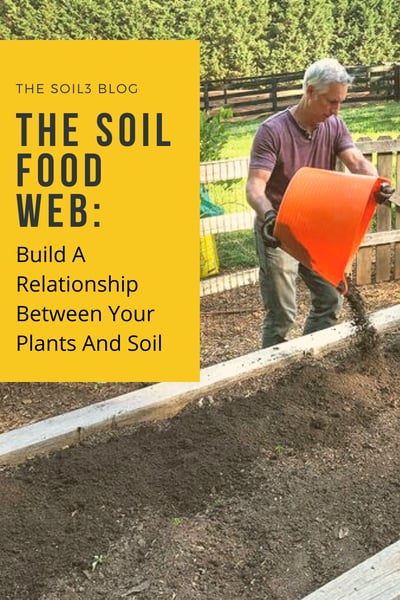

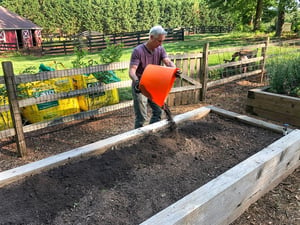


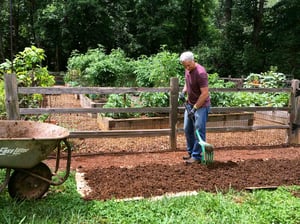
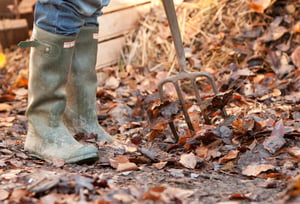

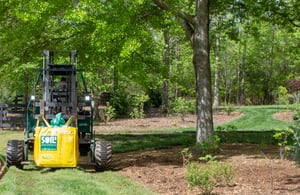
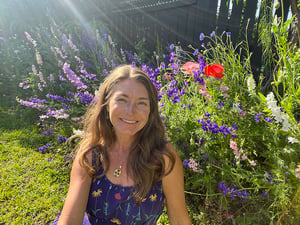
Did this help you out? Have any questions for clarity? Leave a comment below!